Tero Kokkonen
Red Teaming with Artificial Intelligence-Driven Cyberattacks: A Scoping Review
Mar 25, 2025Abstract:The progress of artificial intelligence (AI) has made sophisticated methods available for cyberattacks and red team activities. These AI attacks can automate the process of penetrating a target or collecting sensitive data. The new methods can also accelerate the execution of the attacks. This review article examines the use of AI technologies in cybersecurity attacks. It also tries to describe typical targets for such attacks. We employed a scoping review methodology to analyze articles and identify AI methods, targets, and models that red teams can utilize to simulate cybercrime. From the 470 records screened, 11 were included in the review. Various cyberattack methods were identified, targeting sensitive data, systems, social media profiles, passwords, and URLs. The application of AI in cybercrime to develop versatile attack models presents an increasing threat. Furthermore, AI-based techniques in red team use can provide new ways to address these issues.
Chromatic and spatial analysis of one-pixel attacks against an image classifier
Jun 07, 2021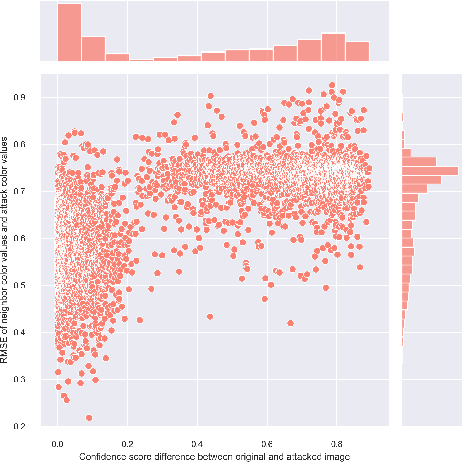

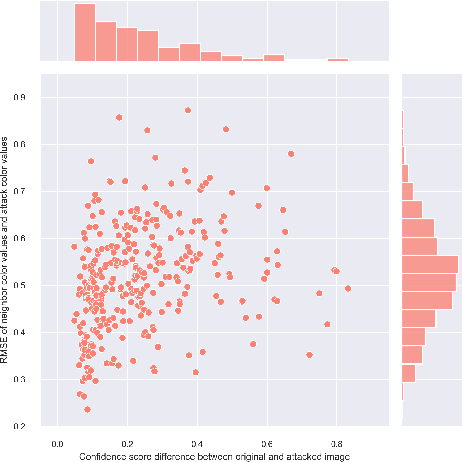
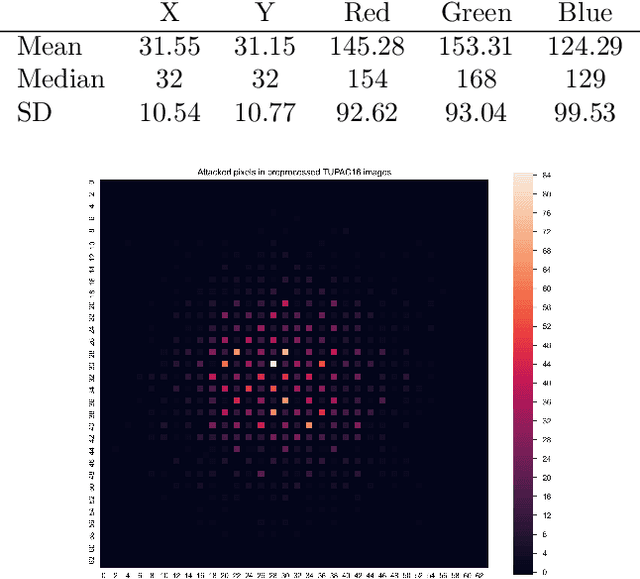
Abstract:One-pixel attack is a curious way of deceiving neural network classifier by changing only one pixel in the input image. The full potential and boundaries of this attack method are not yet fully understood. In this research, the successful and unsuccessful attacks are studied in more detail to illustrate the working mechanisms of a one-pixel attack created using differential evolution. The data comes from our earlier studies where we applied the attack against medical imaging. We used a real breast cancer tissue dataset and a real classifier as the attack target. This research presents ways to analyze chromatic and spatial distributions of one-pixel attacks. In addition, we present one-pixel attack confidence maps to illustrate the behavior of the target classifier. We show that the more effective attacks change the color of the pixel more, and that the successful attacks are situated at the center of the images. This kind of analysis is not only useful for understanding the behavior of the attack but also the qualities of the classifying neural network.
One-Pixel Attack Deceives Automatic Detection of Breast Cancer
Dec 16, 2020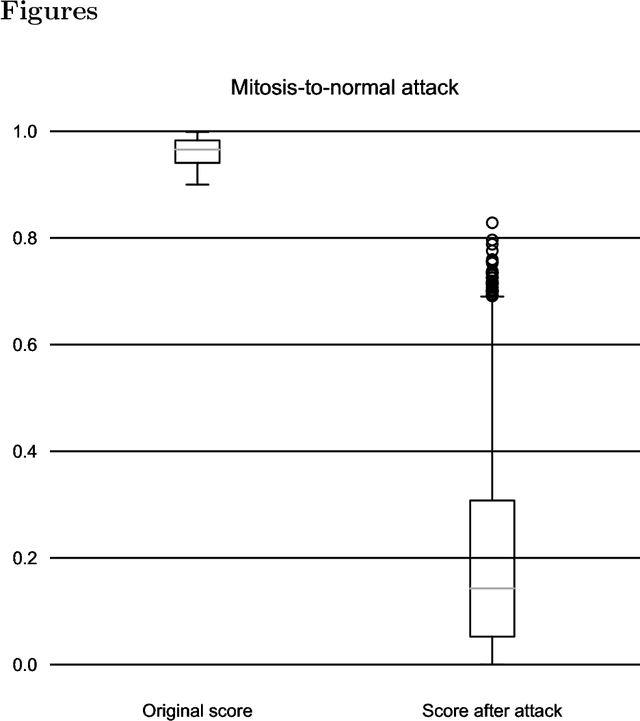

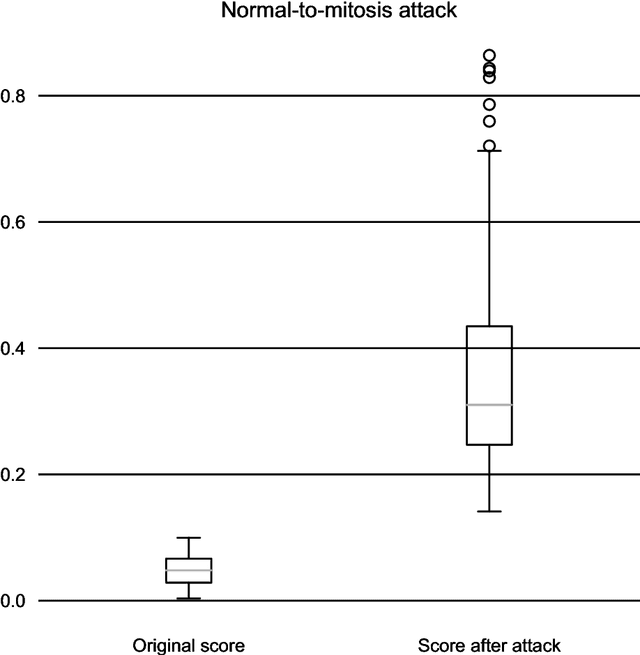

Abstract:In this article we demonstrate that a state-of-the-art machine learning model predicting whether a whole slide image contains mitosis can be fooled by changing just a single pixel in the input image. Computer vision and machine learning can be used to automate various tasks in cancer diagnostic and detection. If an attacker can manipulate the automated processing, the results can be devastating and in the worst case lead to wrong diagnostic and treatments. In this research one-pixel attack is demonstrated in a real-life scenario with a real tumor dataset. The results indicate that a minor one-pixel modification of a whole slide image under analysis can affect the diagnosis. The attack poses a threat from the cyber security perspective: the one-pixel method can be used as an attack vector by a motivated attacker.
 Add to Chrome
Add to Chrome Add to Firefox
Add to Firefox Add to Edge
Add to Edge